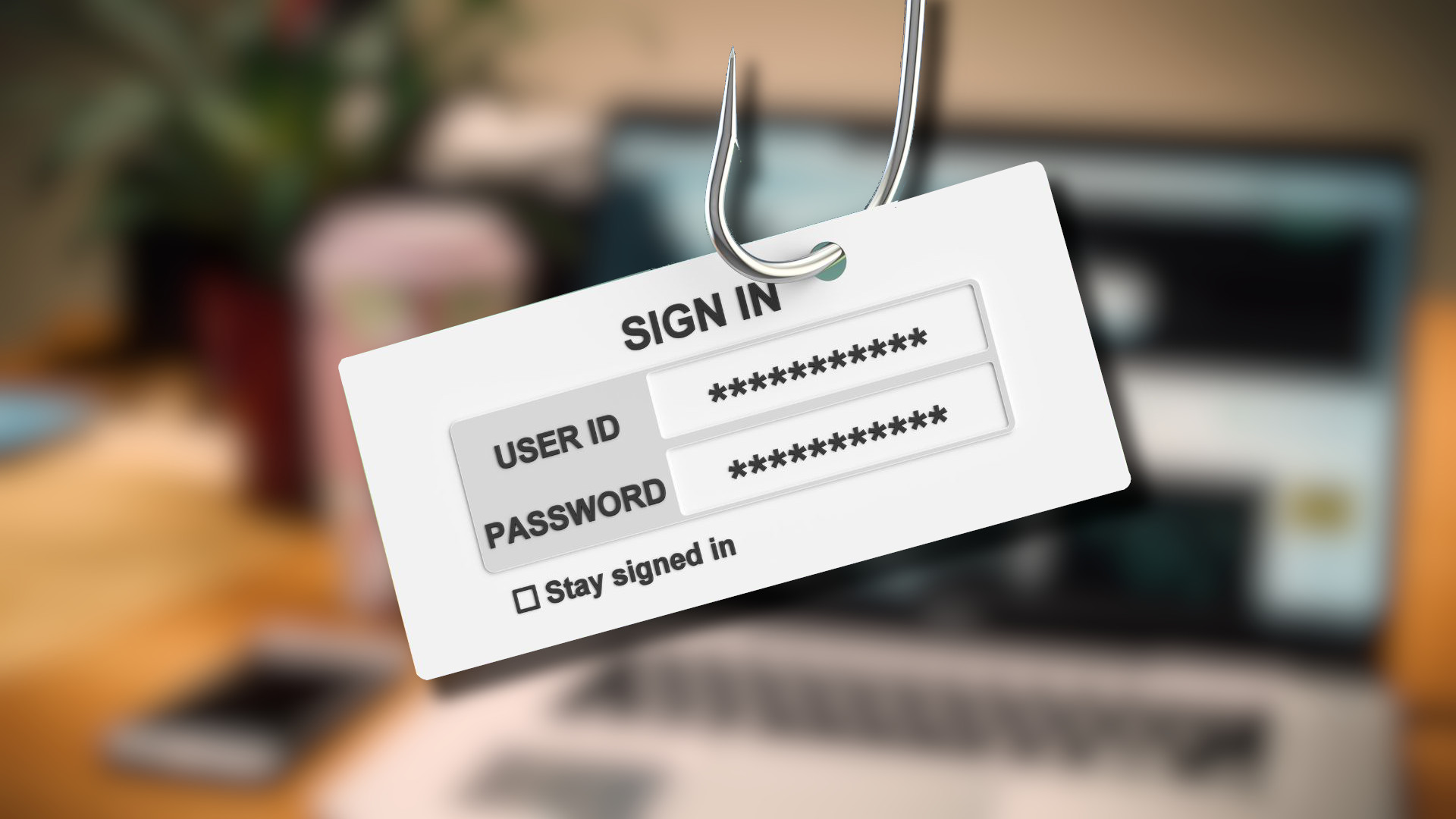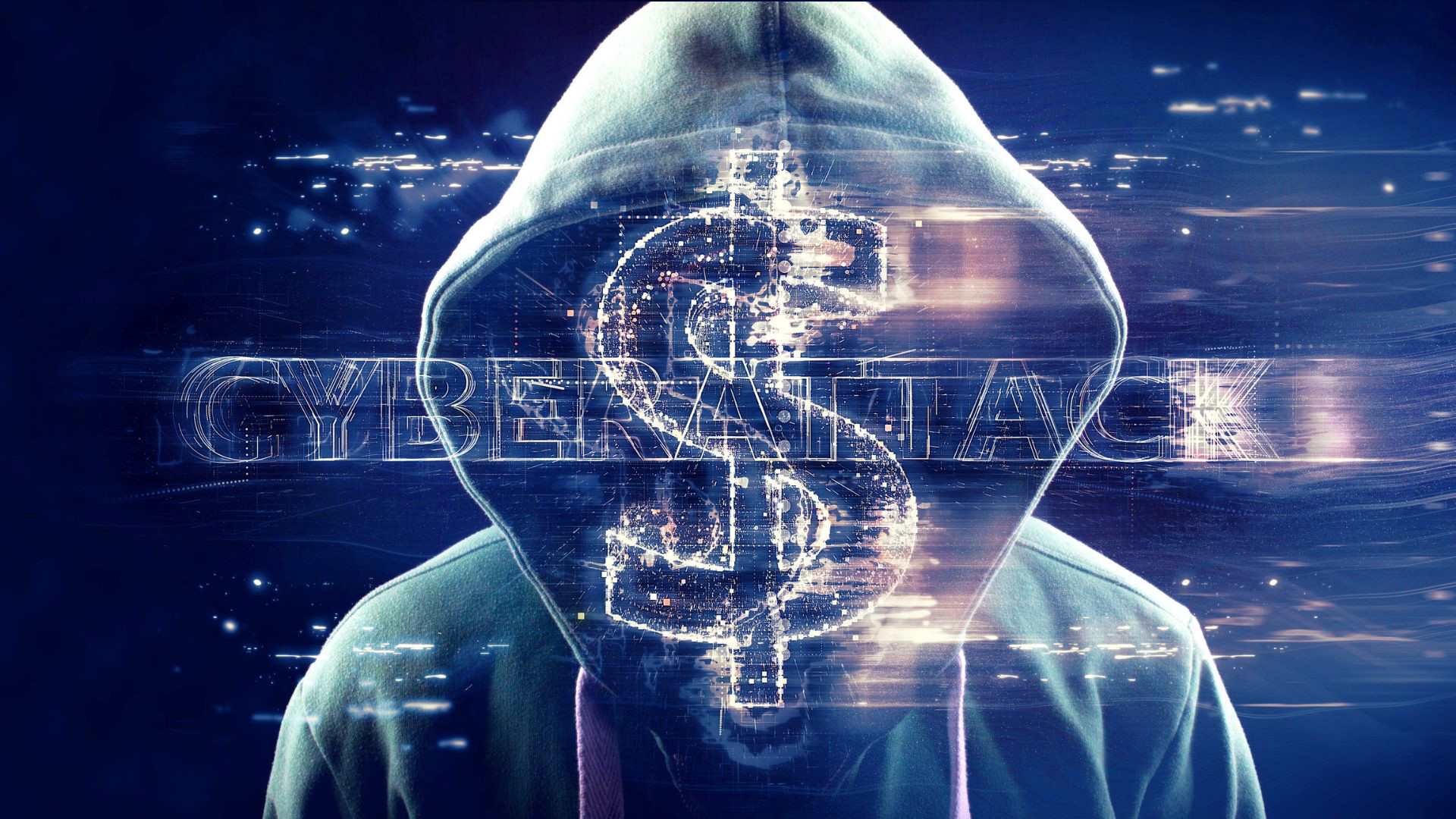The main goal of cybersecurity training for staff members is to defend the company from internet threats. However, there are many more reasons to enroll in security awareness training. In addition, it is critical for risk mitigation, staff welfare, consumer comfort, and cybersecurity compliance—the subject of this piece.
Why is Risk Reduction and Cybersecurity Compliance necessary for Training?
Cybersecurity training and regulatory compliance are connected, both directly and indirectly. For instance, many regulatory bodies expressly mandate that companies teach all staff about security policies or data protection regularly. They would impose fines and other penalties for breaking this rule.
It protects you from fines and other repercussions.
You would have to abide by certain cybersecurity compliance requirements based on your sector, business location, and type of organization. Regulations about cybersecurity include HIPAA, PCI DSS, SOX, NYDFS, GDPR, NIST, CMMC, and many others. Primarily, noncompliance with these criteria would seriously jeopardize your system. However, you may also be subject to harsh fines and severe consequences, such as legal action.
It helps prevent several other mistakes.
Employees with insufficient training are more susceptible to social engineering and phishing scams. They might even carelessly handle data and break rules without realizing it, which could cause a variety of cybersecurity compliance mistakes. We can avoid all of this with the right advice.
It promotes vigilance and alertness.
Innovative cybersecurity training techniques, such as simulated attacks, will increase employee retention and increase their awareness of potential cyber threats. Although not mandated by law, we regard it as one of the best risk management techniques and guarantee adherence to the National Institute of Standards and Technology’s (NIST) Cybersecurity Framework.
It underlines how important data security and encryption are.
Some of the most important components of data privacy training required to satisfy cybersecurity compliance requirements are data confidentiality and risk mitigation, particularly regarding encryption, data sharing, and access restrictions.
It enhanced audits for cybersecurity compliance.
Your company will not only pass compliance audits but will pass them with flying colors thanks to cybersecurity training. The likelihood of receiving an excellent audit report increases when all staff members receive sufficient training on security regulations.
It enables authorities to assess your cybersecurity compliance.
A quality training program includes measures for assessing the course’s efficacy and participant tracking. Regulators can use all the information to verify that your company complies with cybersecurity standards.
It forges a strong security culture inside your company.
Having a regular training program in place shows your employees your commitment to cybersecurity and motivates each person to make the best personal decisions for preserving high security. It also reduces the possibility of an insider threat.
Everyone is informed.
Because online dangers are always changing, we must also change compliance rules daily. Frequent training keeps you compliant by informing everyone in your company about the newest developments.
We encourage top management to give compliance demands top priority.
Top executives with a firm grasp of the significance of compliance and responsibility will be more vigilant in implementing cybersecurity and data protection laws.
Conclusion for Cybersecurity Compliance
As you have just seen, cybersecurity compliance has an influence on many parts of the organization, even though it sometimes seems like just another standard requirement in the workplace.
Has your data been hacked? Download our Infographic, “The Top 10 steps to take if you think you have been hacked.” If you’d like, call us and we can talk about how we can customize data security for your unique needs!
Please contact us if you’d like more information, and we’ll be pleased to provide you with a free consultation!


